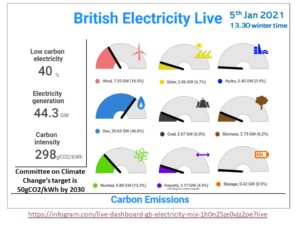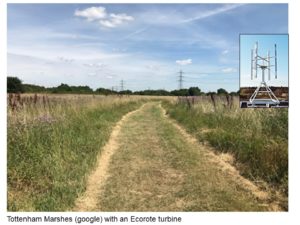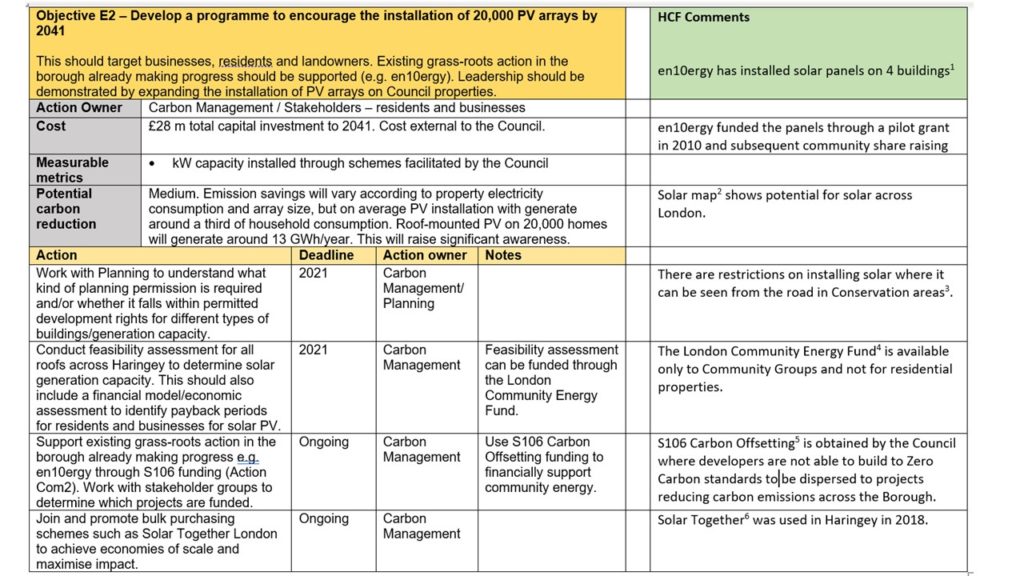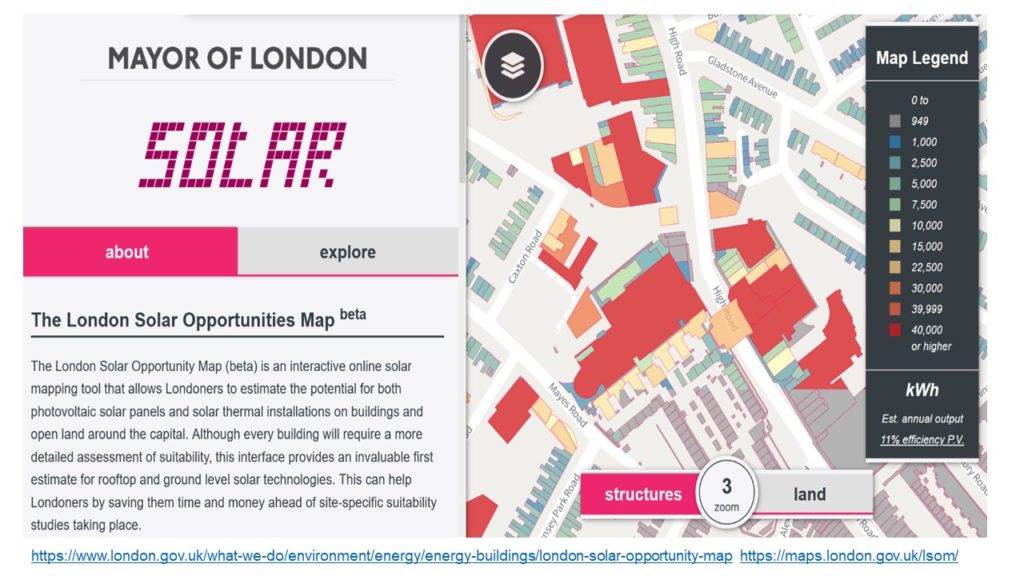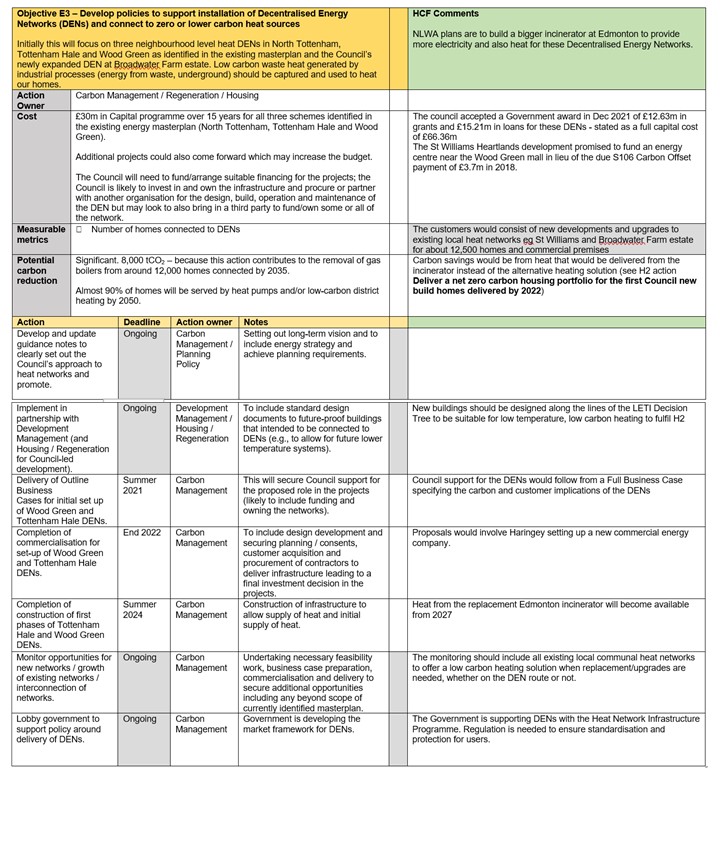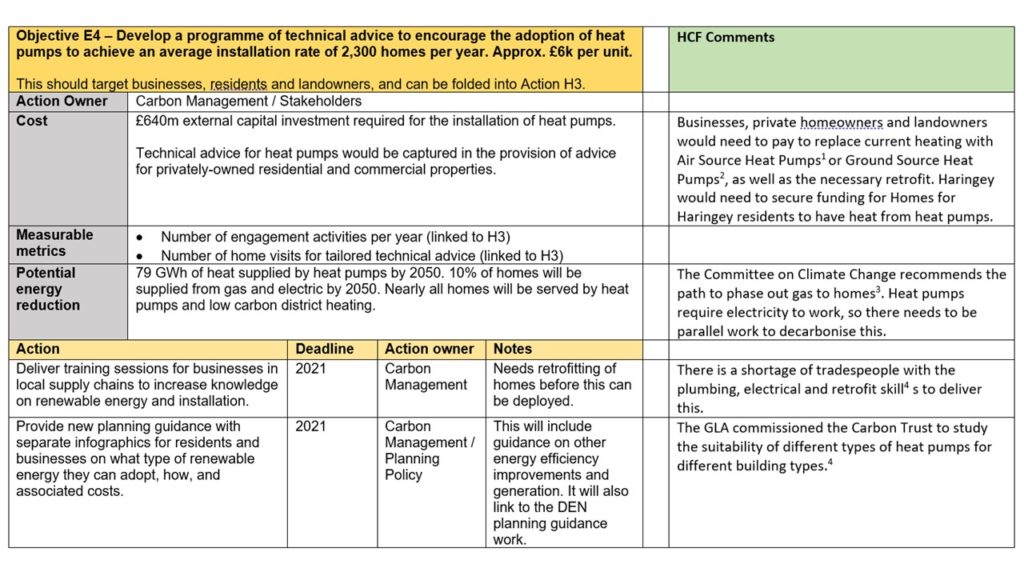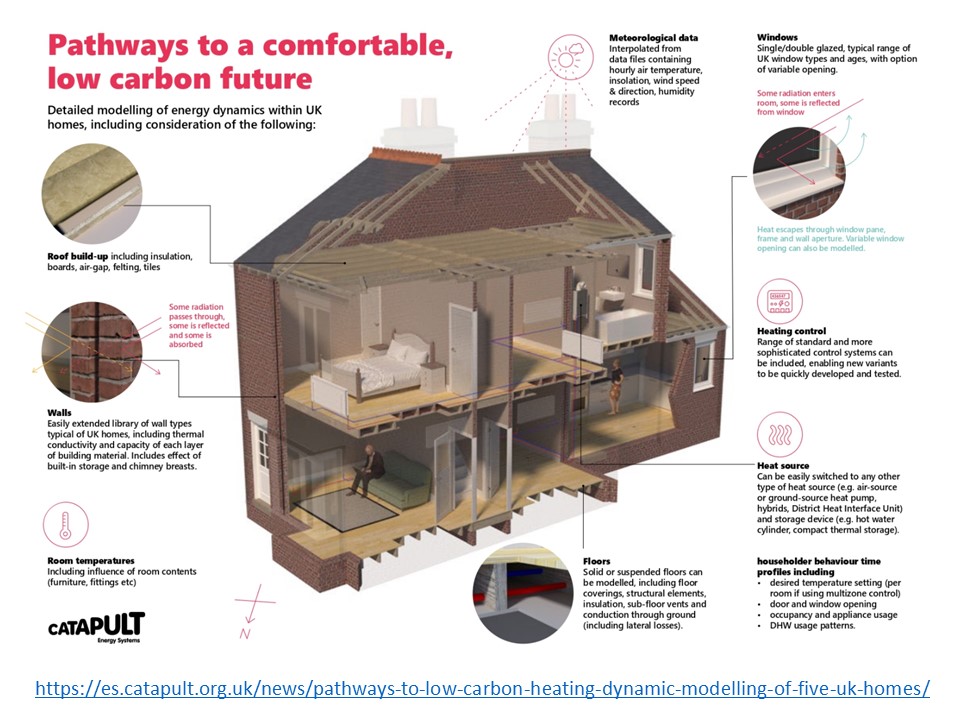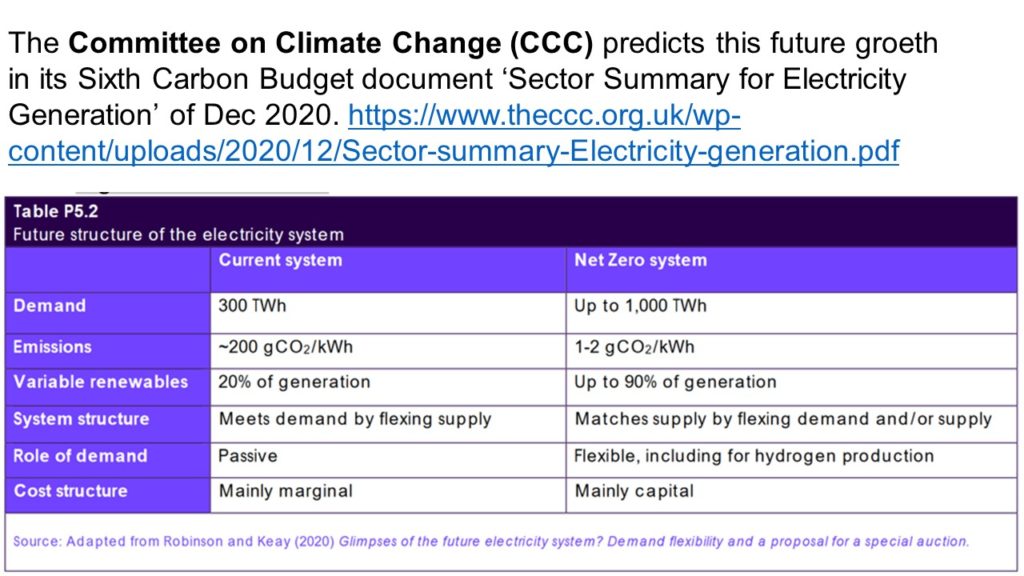Electricity and Heat that doesn't cost the Earth
KEY MESSAGES
- Where heat and electricity come from natural resources climate damage is lessened
- Yearly cost to run renewables is MUCH lower than yearly cost to run coal, gas, oil etc
- Gas for heating and oil for driving will be replaced by low carbon energy
- Local heat and electricity can be owned by local people, individuals, businesses and communities
- Electricity and Gas coming into Haringey needs to be from low carbon sources
Haringey Council’s proposed actions are in the ‘pink stripes’ below.
People need electricity to be part of the modern World and need heat when it is cold. It is when these come from fossil fuels that the blanket of greenhouse gases that disrupts our weather systems becomes more and more dangerous. Where electricity and heat come from natural resources climate damage is slowed down and the UK, Haringey and individuals can all play their part in this transformation. Reducing our use of electricity and heat is covered in the Green Buildings and Green Transport pages. This page is about incurring minimum greenhouse gas emissions from the electricity and heat we need, with Haringey’s proposed actions featured in the pink stripes.
The cabinet member in Haringey responsible for Sustainability and Renewable Energy is Cllr Mike Hakata at mike.hakata@haringey.gov.uk
What you can do to get cleaner electricity and heat
Much of the transformation from high to low carbon electricity and heat will be managed by the Government and power companies and invisible to users. However there will need to be significant behaviour changes as UK people swap gas boilers for heat pumps, petrol/diesel vehicles for electric and generate their own electricity and heat. The Committee on Climate Change advocate more local Climate Assemblies to work with the British People on the transformation. Things that individuals can do now include:
1. Switch to a Green supply
Ideally, every time someone switches to ‘green’ electricity additional 100% renewable electricity is installed in the UK. But it is not so simple and Which has a good explanation from Sept 2019 in How green is your energy tariff?. It identified Ecotricity and Good Energy as providing the same amount of 100% renewable electricity to the grid as customers buy. Which did not engage with Green Energy who explain here that they do too, and also has a tariff using EKO certification.
Buyers beware as other suppliers can associate the 100% renewable electricity they buy against ‘green tariffs’, meaning that non green tariffs are high carbon. Commonly suppliers just buy ‘Renewable Energy Guarantee of Origin’ certificates (REGOs) to claim that their tariffs are 100% renewable. The table at Electricityinfo.org is therefore misleading.

Switching schemes that claim to help users switch to 100% renewables include:
- The Big London Energy Switch is supported by Haringey Council which from October 2020 ‘will only offer 100% renewable electricity’. The Haringey page of FAQs says that “the electricity supply will be matched by renewable energy sources including wind, biomass, and solar, which may be Generated by the suppliers’ own renewable sources; – Bought from independent renewable generators; Matched with 100% renewable electricity sourced externally with Renewable Energy Guarantee of Origins (REGO) certificates.”
- Green Electricity Marketplace which has three schemes to use to switch.
And checkout Ripple Energy which supplies electricity only to its investors in new wind power! .
2. Generate more low carbon electricity
See E2 below for Haringeys action to encourage property owners to install solar panels, and also Com2 at Communities and Friendship.
Individuals can also invest in community solar projects eg at Community Energy England or ask your financial advisor eg at Ethical Investment search.
3. Adopt low carbon heating.
• See Renewable Energy Hub for an explanation of air source and ground source heat pumps.
• See Simple Energy Advice to learn about and apply for the Green Homes Grant, currently due to end March 2021, but likely to be extended
• See Trustmark to find tradespeople qualified to work under the Green Homes Grant.
• And see below for Haringey Council’s measures to encourage low carbon heating: E4 for heat pumps and E3 for district (communal) heating.
Haringey Council working towards low carbon electricity
Haringey Council working towards low carbon heat
Haringey working towards low carbon electricity and heat
The Government’s path to Net Zero carbon electricity by 2050
The Government is fully aware of the need to decarbonise UK Electricity and Heat, And it has also been made fully aware that current policies will not get us there. The following documents cover activity in 2020, and formed the basis of the UK’s Nationally Determined Contribution (NDC) submitted to the UN in December 2020. The aim of this is to encourage other Countries to submit more ambitious NDCs before the UK hosts the COP26 in Nov 2021.
Sixth Carbon Budget
The tripling of growth between 2020 and 2050 will result from the replacement of petrol and diesel with electricity and the replacement of gas boilers with heat pumps, but the increased electricity will be from zero carbon renewables.
Their calculations are that, if the Government follows their advice, carbon intensity of UK electricity should reduce: (p36)
- Ave 220 gCO2/kWh in 2019
- Around 50 gCO2/kWh in 2030
- 10 gCO2/kWh in 2035
- 2 gCO2/kWh in 2050.
National Infrastructure Strategy Fairer, Faster, Greener Nov 2020 (51 pages)
“As the power system evolves, the government will need to consider how its own role (p28)…. Network operators will therefore be required to make investment decisions that are best for the operation of the whole system rather than their own network.
Energy White Paper – December 2020
The Energy White Paper Powering Our Net Zero Future announced a long-term strategic vision for our energy system. Energy Live News said that “The Energy White Paper commits to all electricity being emission-free by 2050 and sets the country on target for an “overwhelmingly decarbonised” energy system by 2030.”
The 10 Point Plan – Green Industrial RevolutionNovember 2020
The 10 point plan formed the basis of the UK’s Nationally Determined Contribution to the UN Paris Agreement. The Guardian reported that “Greenpeace …. warned the scheme also had flaws. “It’s a shame the prime minister remains fixated on other speculative solutions, such as nuclear and hydrogen from fossil fuels, that will not be taking us to zero emissions anytime soon, if ever,”

